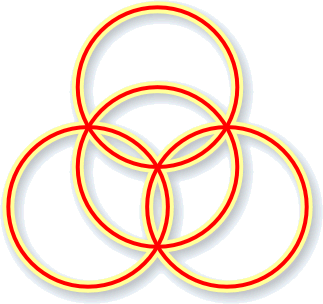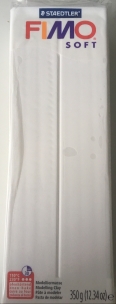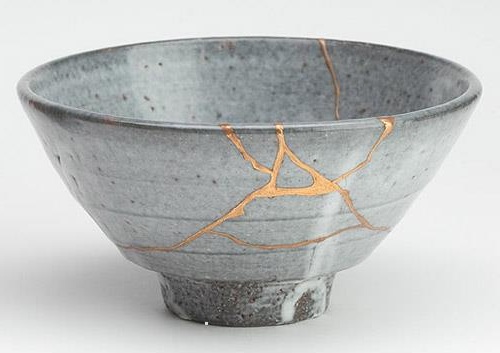For my final piece, I worked to combine all of my areas of study into one composite sculpture. I decided to have a piece which focused on the Green Man, as, from my research, I believe this archetype is the best artistic representation of humanity’s relationship with nature. I also wanted to use the selection of collected pottery and sea glass fragments as they, to me, perfectly represent human kinds influence on the natural world and demonstrate how the two compliment each other. I felt a mosaic would be the best way to display these pieces, as it is similar to the Andy Goldsworthy-esque patterns I created previously in my project, except with more permanence.
I now began to sketch ideas of how these two elements could be combined, playing around with the ideas of the mosaic pattern creating a Green Man, to a clay Green Man with texture added by pieces of the pottery. I finally settled on the idea of a mosaic base, with clay branches cracking it open and growing through the pottery, much like a weed might grow through concrete, before forming into a central Green Man figure. Now that I was happy with my rough piece idea, I moved onto sketching Green Man designs which I could sculpt from air-dry clay.
On the technical side of the project, I also planned out the structural options for the base of the work. Initially, I simply planned to use a wooden board onto which I could mount my mosaic and clay Green Man. However, I also realised that if I was using sea glass, a transparent material, I would like the fully represent it, perhaps by shining light through the glass from beneath. If the glass was mounted onto wood, it would take in the colour of the base or clay beneath it, potentially affecting the impact of the colours. I experimented with the idea of cutting holes in my wooden base and covering them with a sheet of perspex or glass so that light could shine through, but finally settled on a circular base design. For this, I took three perspex circles and bonded them together with a log slice in the centre. I later also added another log beneath the piece in a sandwich formation, which raised the sculpture slightly, allowing the light to get through. I used ‘Gorilla Glue’ to bond the pieces, as this strong adhesive expands as it dries, safely securing the inevitable gaps between the components where the wood warps.

I sketched the rough sculpture design onto wood so that I could plan where the branches would grow from, as well as the outline of the face.

I sculpted the branches first from air-dry clay, however, this later proved to be a challenging material. Firstly, in order to ensure the clay was properly secured to its base, I had to smooth the edges into the wood, which concealed much of the natural grain.
Also, as the piece dried, it cracked severely all along the work. I realised that this was due to the gradually thinning shape of the branches, as clay shrinks as it dries, and the smaller ends dried more quickly than the thicker tops. This change in consistency affected the integrity of the whole structure, causing it to split along the fault lines.
I tried to repair these damages with more clay, spraying the inside of a plastic bag with water and placing it over the sculpture, a technique which I read about whilst researching my issue. As the clay dries, it gradually takes in the moisture from the air of its environment, hopefully causing a more even drying and therefore no cracking. Unfortunately, to get the correct shape of the clay, I had to use large amounts of water to create a smoother consistency. Because there was so much water to evaporate before the clay could be fully dried, no matter how damp the air, the clay still cracked.
I now decided to try another method. I pulled and scraped up the remaining clay, glued a fresh new piece of wood onto my sculpture, and re-tried my branches with ‘Fimo’, a brand of polymer clay, which is oven-baked to harden.

I formed the shapes of the branches, adding small liens to the clay and on the wood so I could more easily line them up when baked. I also number corresponded each section to a clay branch to avoid later confusion.
To bake these pieces in their correct shapes, I balanced them on small blocks when I placed them in the oven so that one end would dry elevated. They were fired at 110°c for 15 minutes; this is slightly less than the recommended time, as I wanted the piece to have some slight flexibility to aid in the mounting.

I corresponded each piece to its number, then used a hot glue gun to bind the clay to the base. Due to the clays slight shrinking, as it was fired, several of the pieces had changed shape slightly. I found, however, that by snapping the branches at their hinges, I could get them flush with the base and use the hot glue to fill in the gaps. As this glue is fast drying, it can take on a putty-like consistency which I found can be moulded slightly to create a rounded shape, allowing for a uniform shape to the branch.
These modifications were then covered over with a small amount of air-dry clay so that further texturing and paint could be added more easily later on in the process.
Now I moved my attention to to the kosaic that I intended to create on the Perspex circles. I first selected the pieces of sea glass that I wanted to use, placing them spaced out evenly across the space. They were secured with hot glue, as the irregular shapes of the pieces meant that they would not lie lerwfectlu fkag, and the hot glue was good to mild to their unique shapes. It also dries quickly, allowing me to ensure that I could continue working without fear of knocking anything out of position. Once they were placed, I continued the mosaic by fitting in the sections of pottery into the gaps. I placed everything first to make sure I had the best layout and that I was happy with the design, before going through and methodically glueing each piece down. Due to the smooth, I textured nature oh elms of the pieces, the glue wasn’t as secure and had to be further stick with the aid of super glue.

































































































































